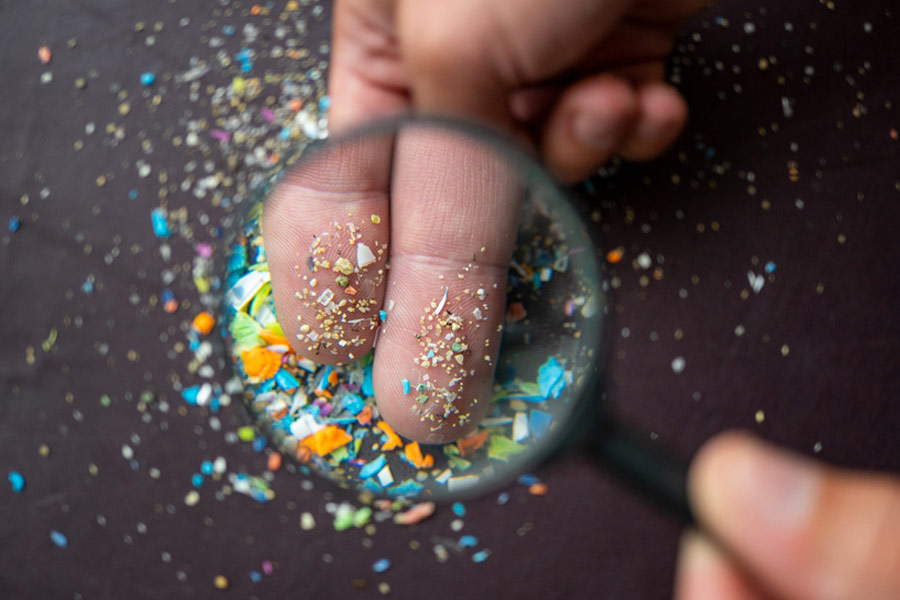India’s apex food safety authority has launched a research initiative to generate data on microplastic exposure levels among consumers amid rising evidence for the presence of tiny plastic residues in the environment and even in food items such as salt and sugar.
The Food Safety and Standards Authority of India (FSSAI) has partnered with several research institutions across the country for the initiative that seeks to validate methods to measure microplastics in various food products and assess their prevalence and exposure levels among consumers.
The research project is expected to provide insightsinto “the extent of microplastic contamination in Indian food and guide the formulation of effective regulations and safety standards to protect public health”, the Union health ministry said on Sunday, announcing the FSSAI initiative.
Multiple studies from across the world have shown that microplastics — tiny plastic particles five millimetres or smaller — have become ubiquitous, found in lakes and oceans, marine organisms, soil, Antarctica and food products.
An Indian environmental group called Toxics Link analysed 10 salt samples and five sugar samples for the presence of microplastics and found 100 per cent of the samples contained microplastics.
The Toxics Link survey also found that smaller microplastics with sizes ranging from 0.1mm to 1mm were more prevalent in the salt and sugar samples than larger ones sized 1mm to 5mm. The smaller sizes pose a greater challenge for removal from the environment and increase the change of ingestion by humans, Toxics Link said in a report describing the survey’s findings.
In a preliminary study in 2021, researchers at the University of Newcastle in the UK and collaborators estimated that people on average ingest 0.1 gram to 5 grams microplastic particles per week through various exposure pathways.
The health impacts of microplastic exposure are under assessment worldwide amid evidence that the tiny particles can get absorbed into the bloodstream. Research by Eliseo Castillo, an associate professor of gastroenterology at the University of New Mexico in the US has shown that microplastics can make their way from the gut into the tissues of the kidney, liver and brain.
Castillo and his colleagues exposed mice to microplastics in their drinking water for four weeks, exposing the mice to the equivalent quantity of microplastics humans ingest each week. Their study, published earlier this year in the journal Environmental Health Perspectives, found the microplastics had migrated out of the mice guts into the tissues of the liver, kidney and brain.
The FSSAI has cited a report from the Food and Agriculture Organisation that has underscored the need “for more robust data to fully understand the implications (of microplastics) for human health and safety”. The FSSAI’s research initiative seeks to generate such data in the Indian context.
The Indian Institute of Toxicology Research, Lucknow, the Central Institute of Fisheries Technology, Kochi, and the Birla Institute of Technology and Science, Pilani are among the institutions collaborating with the FSSAI on the microplastics project.











